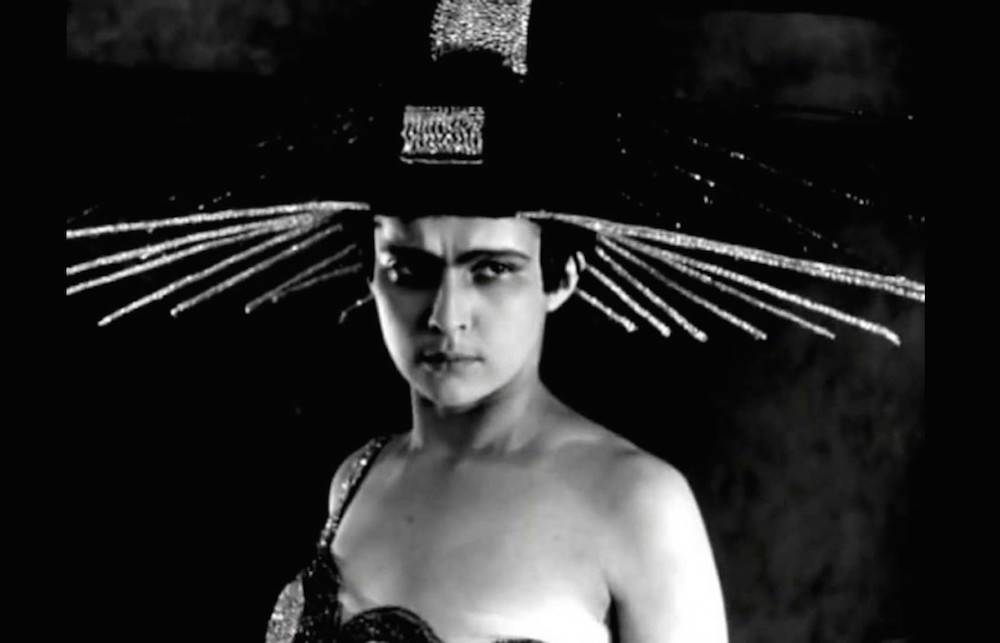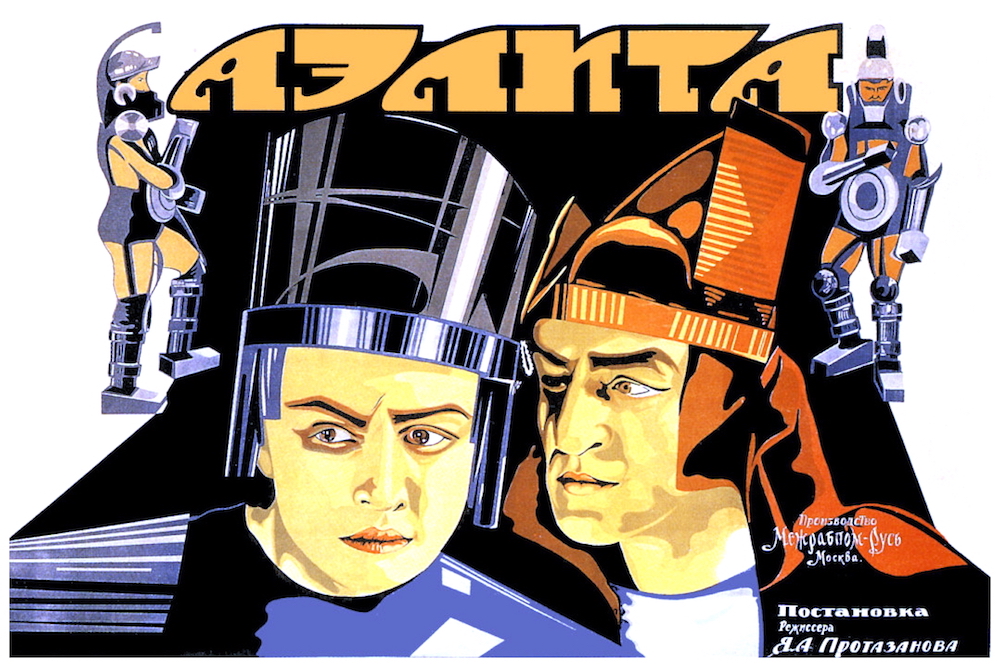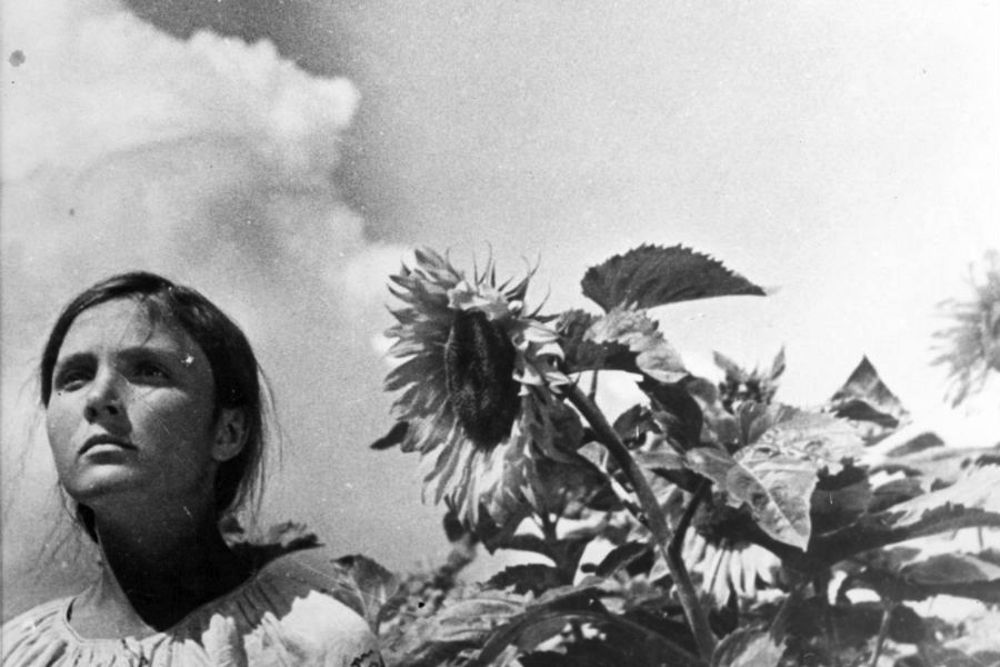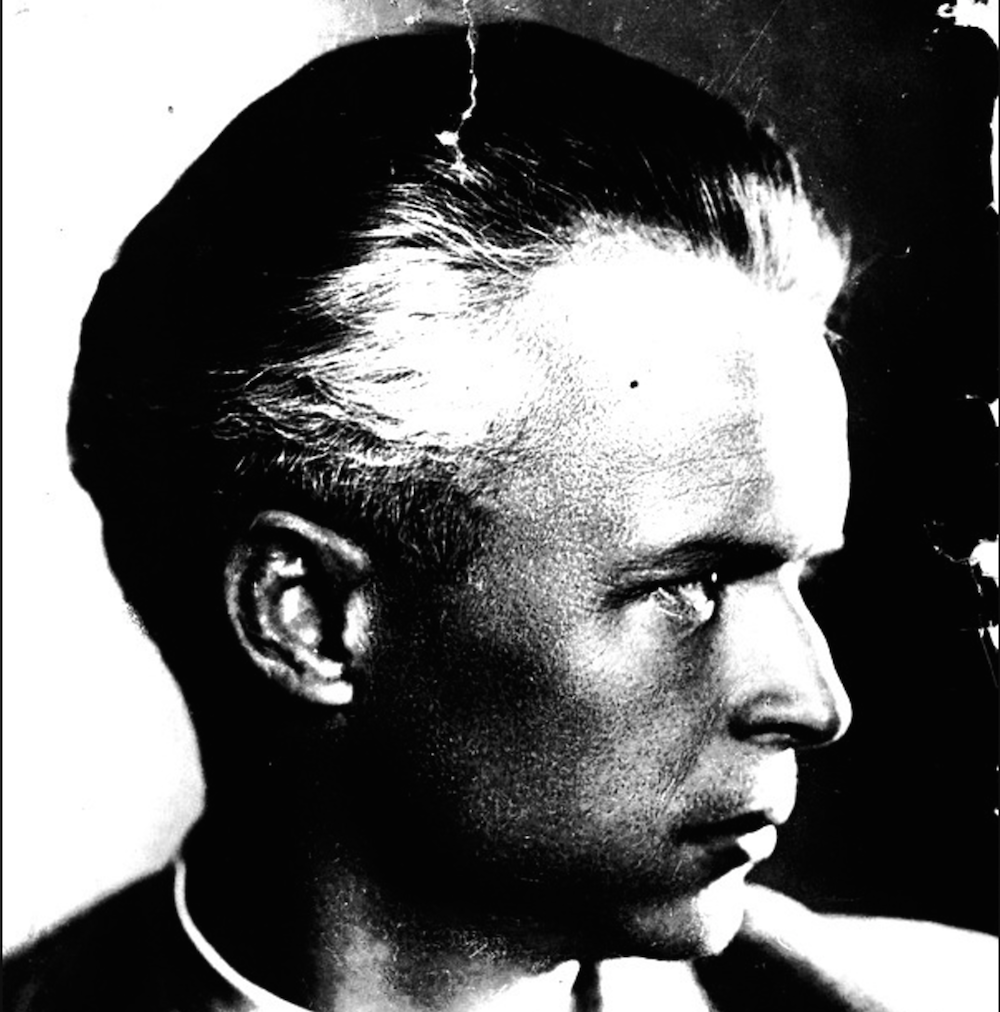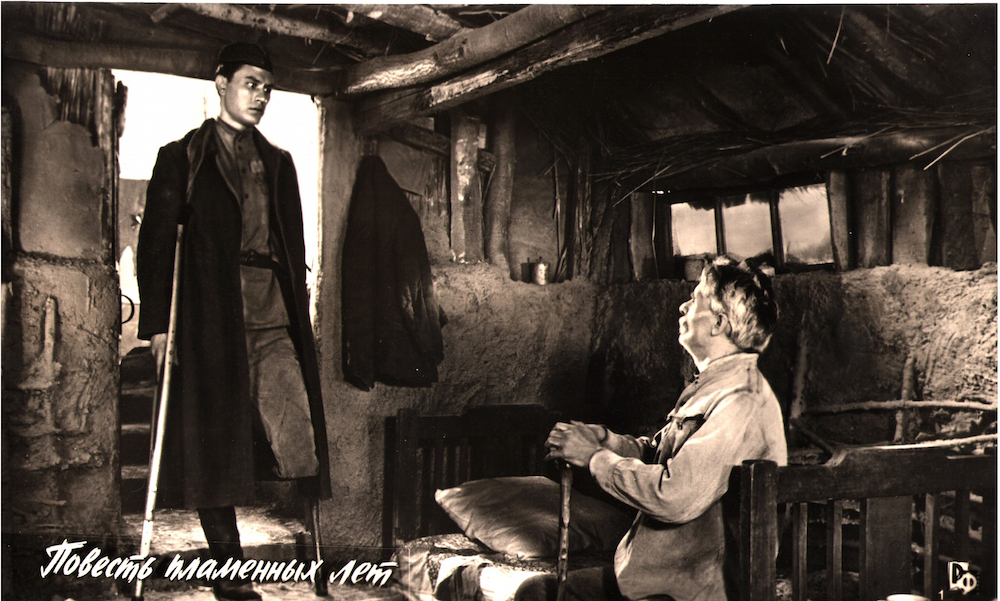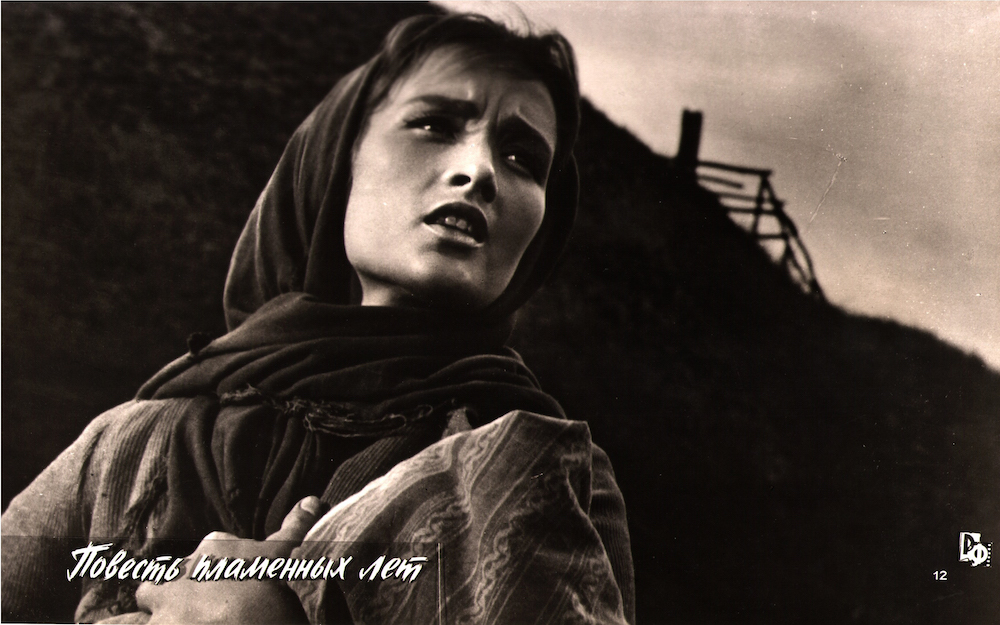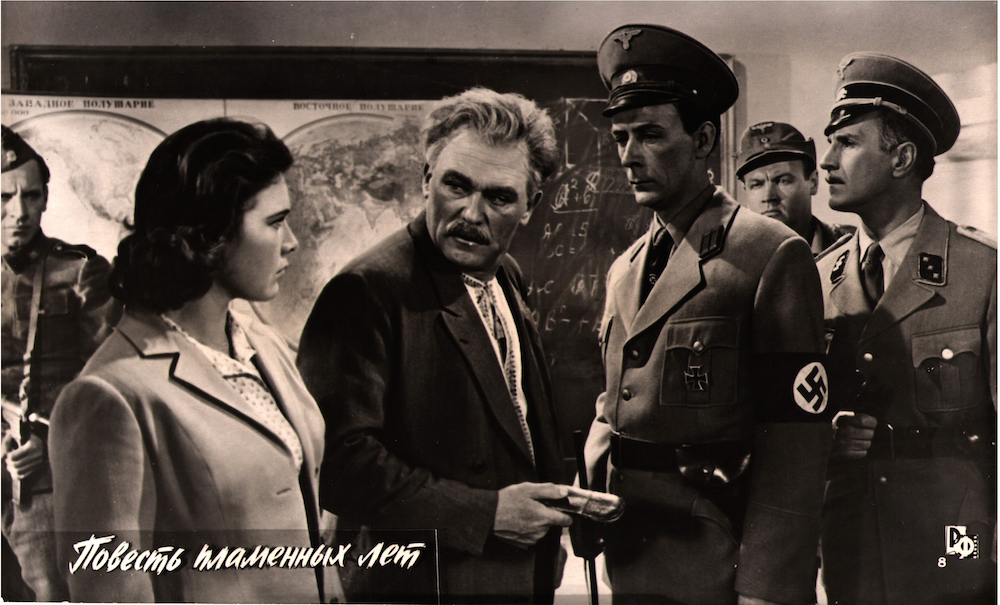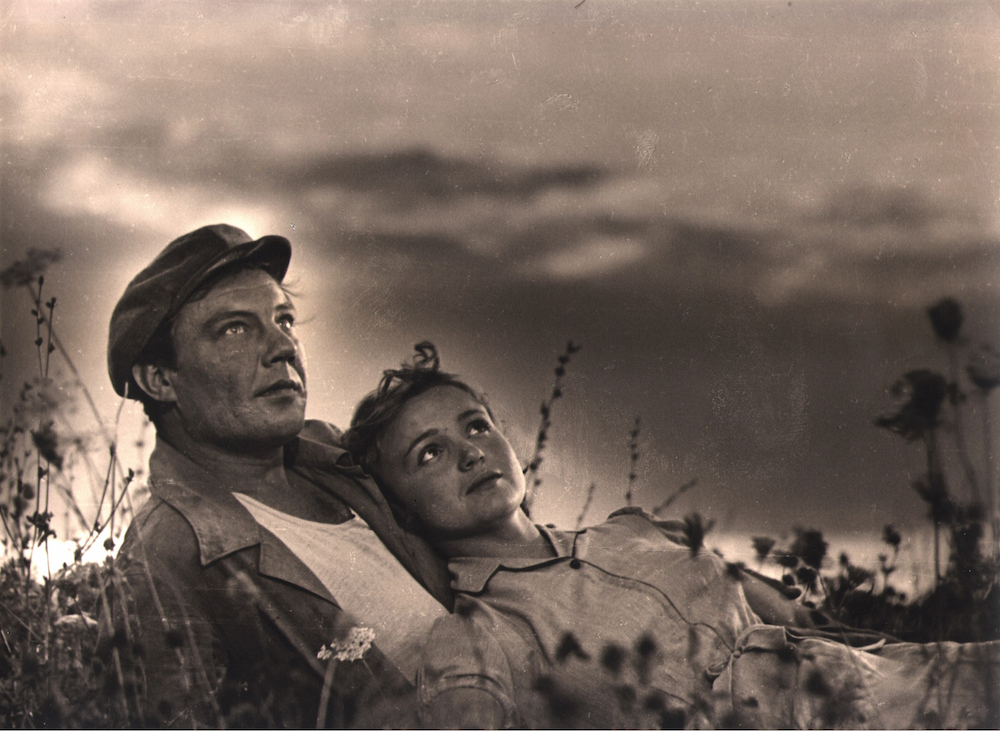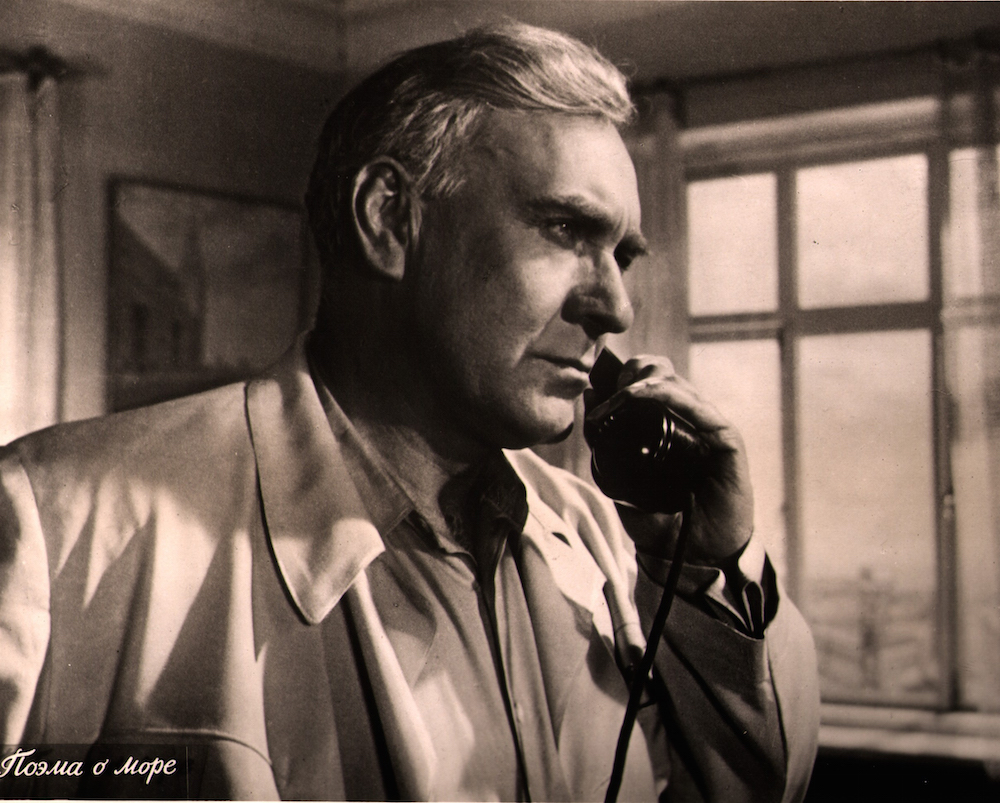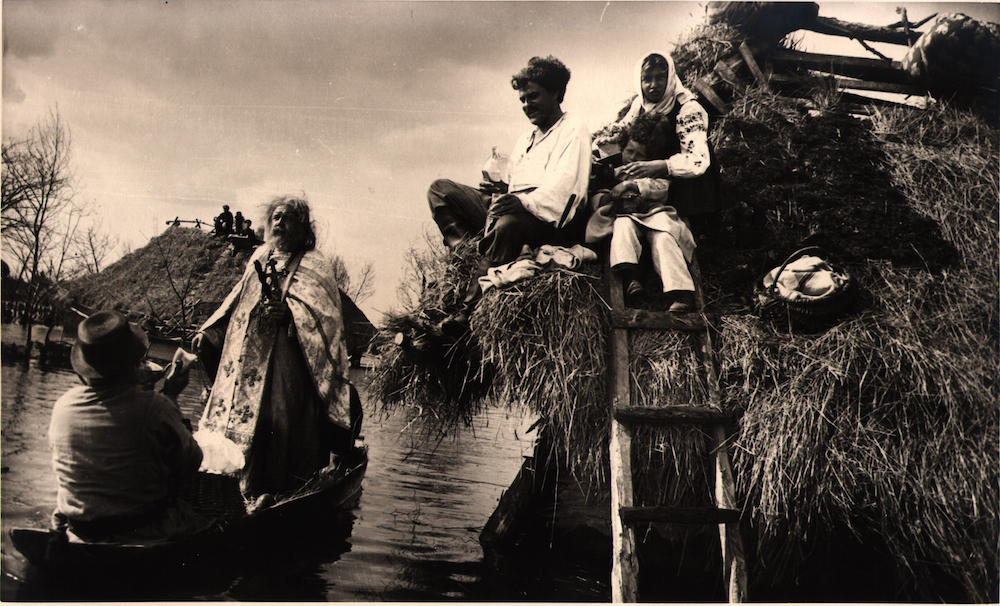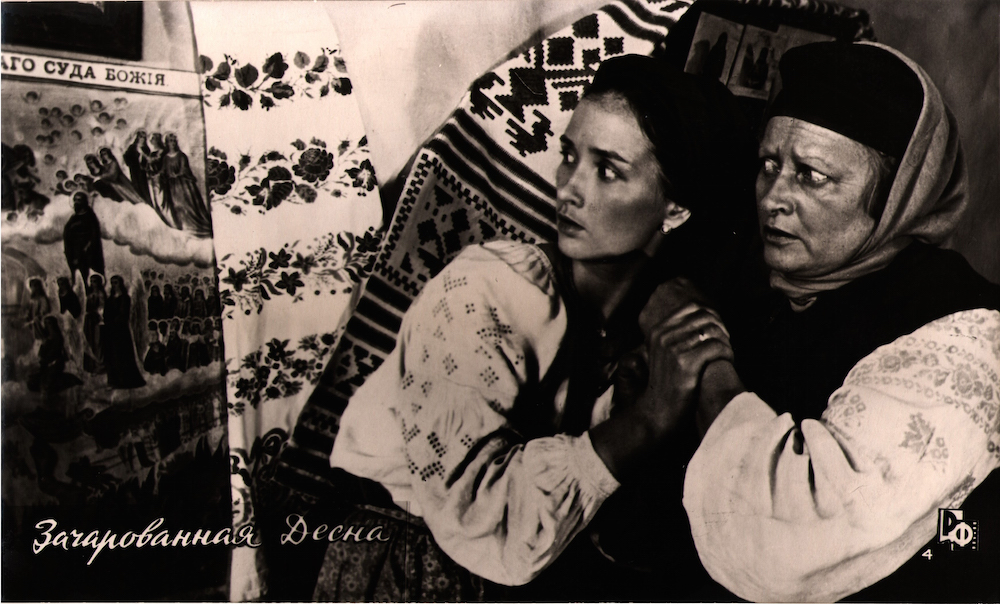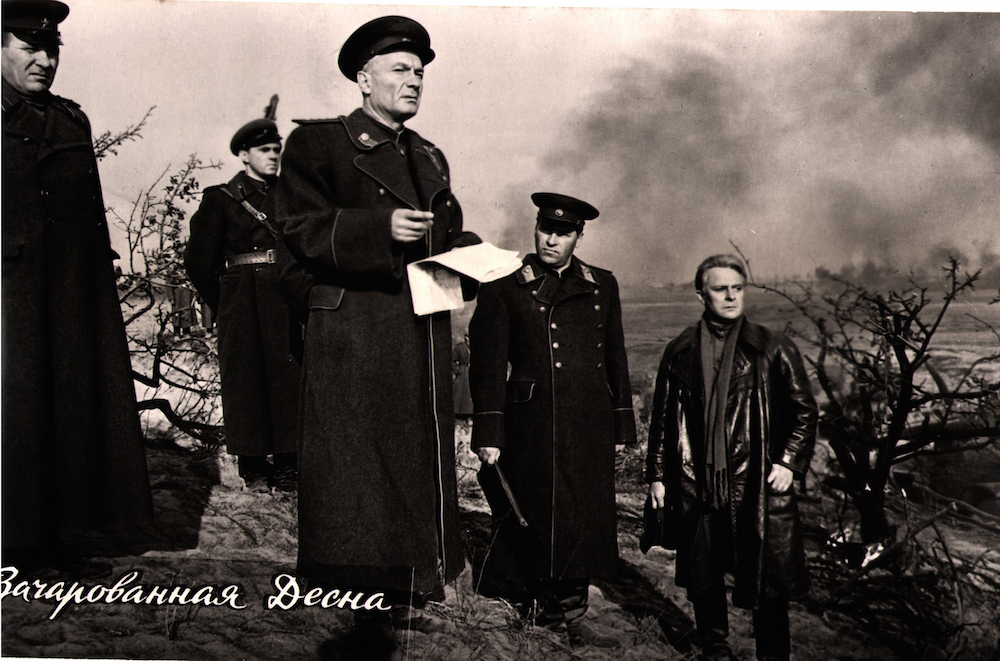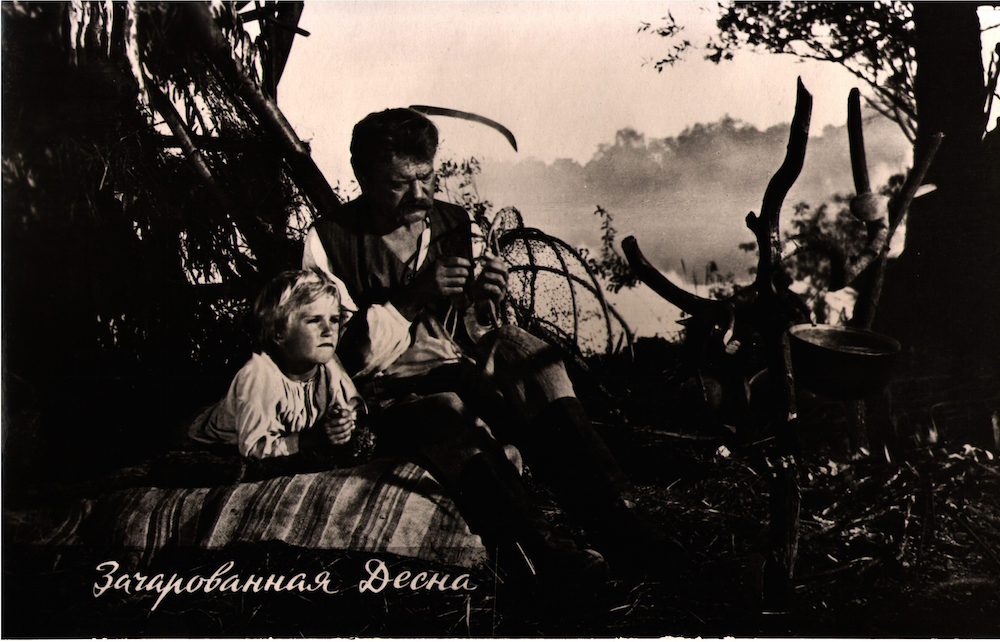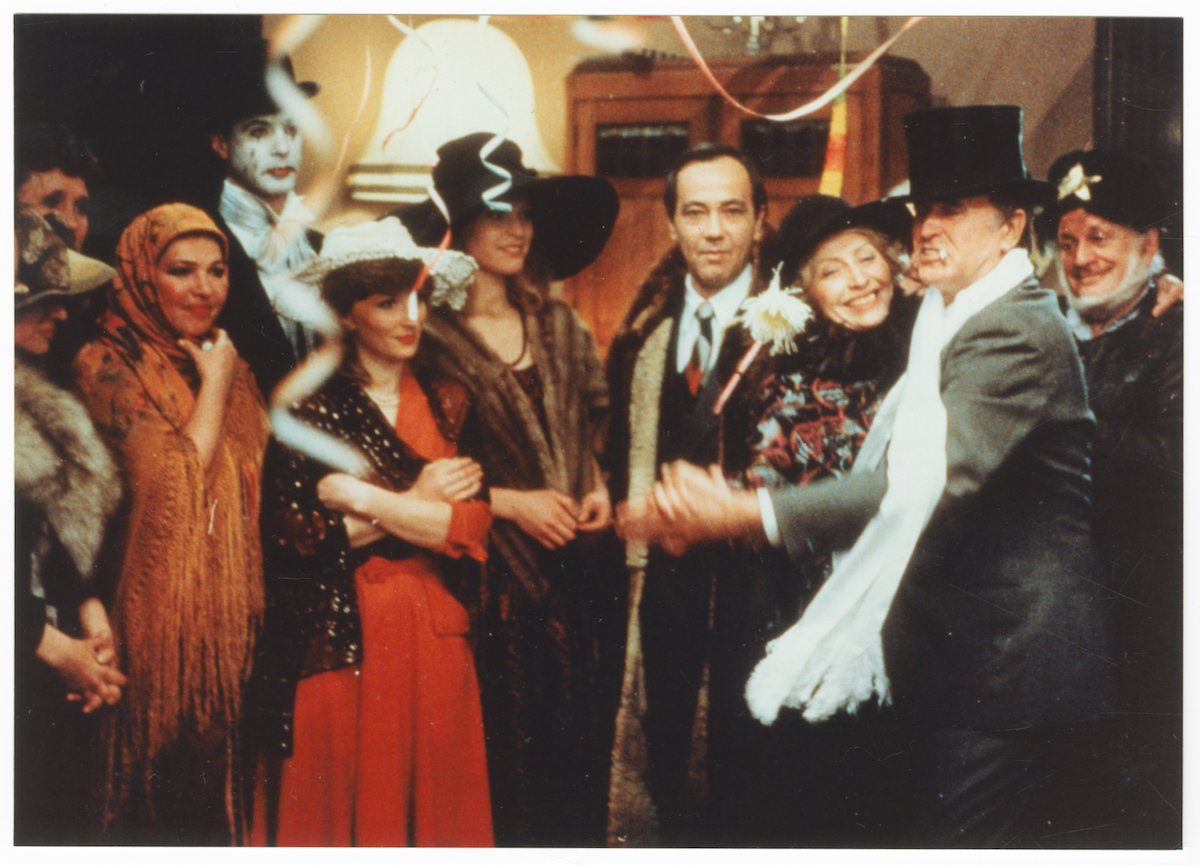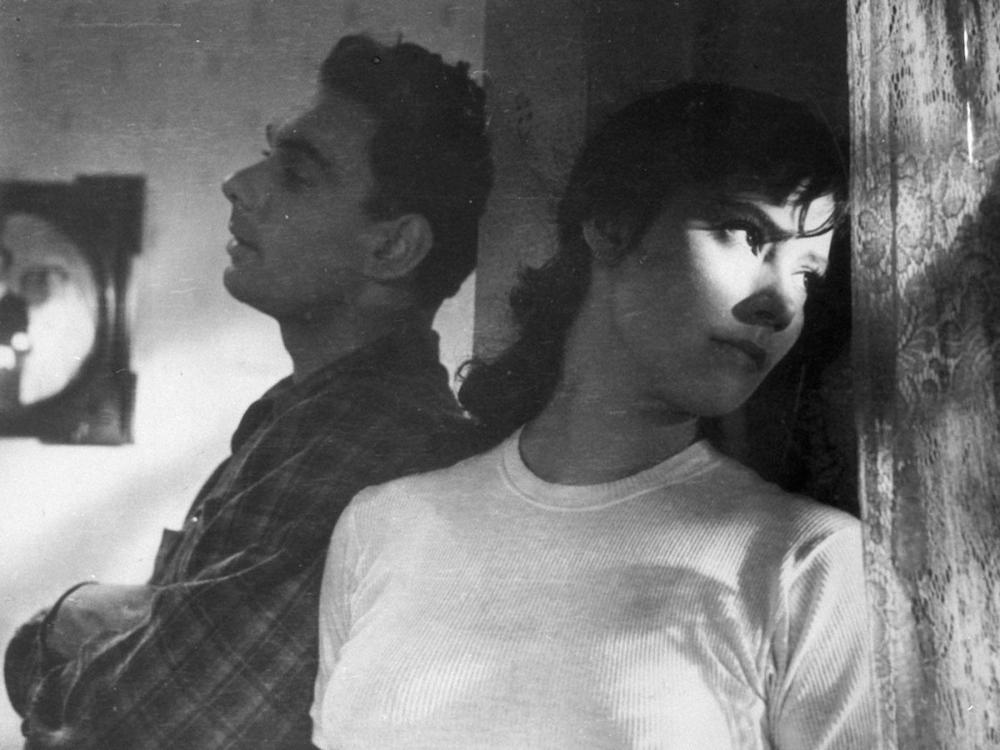Yuliya Solntseva: revisiting the Soviet Union’s forgotten female auteur
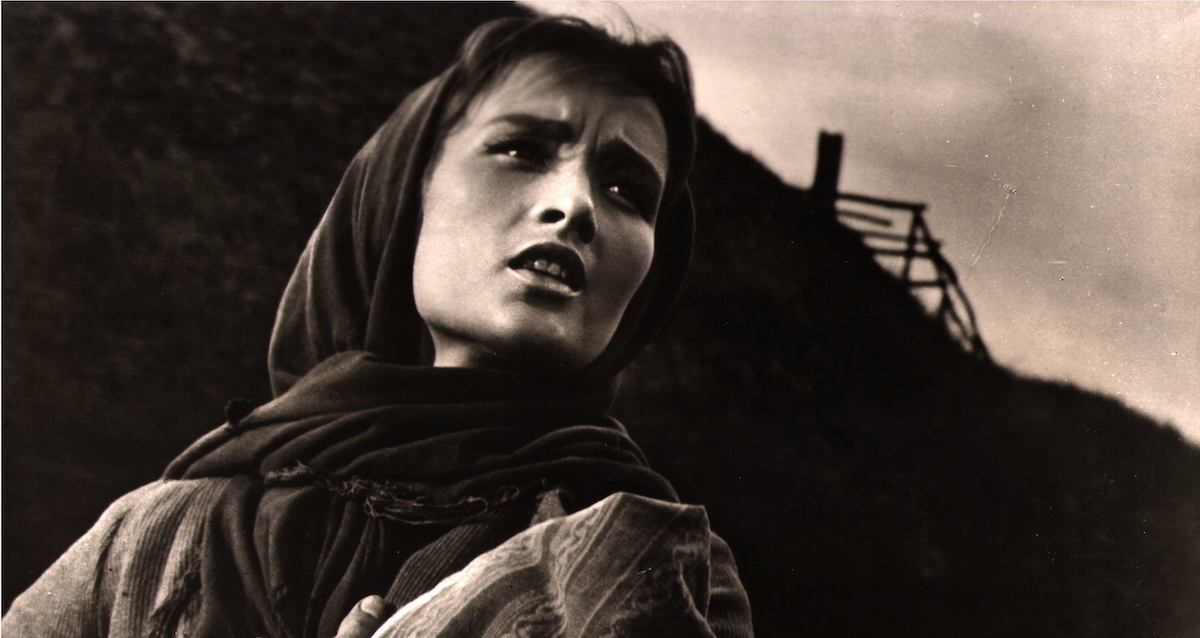
For decades she was the only woman to win the directing prize at Cannes, but her work was overshadowed by that of her husband, Alexander Dovzhenko. Now, a new retrospective in New York is putting Yuliya Solntseva where she belongs: at the forefront of Soviet film history
When Sofia Coppola won Best Director at the Cannes Film Festival for The Beguiled in May, a forgotten name was back in the news: Yulia Solntseva. Coppola is the second female director ever to win the directing award after Solntseva, who received it back in 1961 for The Story of the Flaming Years, a film adapted from a script by her husband Alexander Dovzhenko that takes account of the war years and immediate aftermath in a Ukrainian village. Watching this epic — with its sweeping camera movements, as well as its experimentation with sound and narration — it’s clear that the award was warranted. But there is an irony in this, for Solntseva spoke privately and publicly of subsuming her expression to Dovzhenko’s. In Flaming Years she was — in her own words — simply translating, illustrating and carrying out the work of her husband, one of the great Ukrainian filmmakers.
Be that as it may, Solntseva’s fingerprints are legible on this and all the other films under her name. Along with Flaming Years, Poem of an Inland Sea (1958) and The Enchanted Desna (1964) make up Solntseva’s so-called “Ukrainian Trilogy”, which will screen at New York’s Museum of the Moving Image from 26–27 August. The moniker is a nod to Dovzhenko’s own Ukrainian triptych, which consists of Zvenigora (1928), Arsenal (1929) and Earth (1930), all of which are considered landmarks in silent cinema. The MoMI retrospective offers the perfect opportunity to reassess Solntseva’s talents in their own right, moving this icon of Soviet cinema firmly out of the shadow cast by her husband.
Born in Moscow in 1901, Solntseva was a key actress in the vibrant Soviet cinema of the 1920s and 1930s. She played the eponymous role in Aelita: The Queen of Mars (dir. Yakov Protazanov, 1924), arguably the first Soviet science fiction film. She was the lead in the lithe comedy The Cigarette Girl from Mosselprom (dir. Yury Zhelyabuzhsky, 1924). She met and married Dovzhenko in 1929. A year later, she would act for the last time in Earth. From thereon she would assist her husband with his films.
As for Dovzhenko, Earth would be the peak of his career. This film about collective farming sees his aesthetic and syntax fully realised. Earth elides narrative comprehension and ignores spatio-temporal unity. Dovzhenko would rather pause and present a meditative montage of people surrounding and mourning a village elder; show men and women tilling, mowing and strolling through fields as part of his lyrical rendering of pastoral living; and present farmers starkly by having them look directly at the camera.
As is so often the case with cinematic couples, Solntseva chose to support her husband
Soviet audiences were confused by this poeticism. Officials weren’t pleased either, considering Earth — along with his earlier works — to be both nationalistic (too focused on the Ukrainian experience) and avant-garde. Like Sergei Eisenstein, Dovzhenko’s radical filmmaking would soon be out of place when state-dictated Socialist Realism became the order of the day in the 1930s. Dovzhenko had to temper his style in his subsequent sound films, but after Michurin (1949) and the unfinished Farewell, America (1949) he struggled to make another. He would die in 1956, leaving behind many unfinished projects and scripts — among them the ideas for what would become Solntseva’s own “Ukrainian trilogy”.
This is where Solntseva enters the picture once more. As cited in Maria Enzenberger’s The Women’s Companion to International Film, Solntseva proclaimed after her husband’s death: “I must complete [Poem of an Inland Sea] in accordance with Dovzhenko’s artistic conception, putting aside every trace of my own individual vision.” Elsewhere, she claimed that, “If Dovzhenko had lived, I would never have become a director; all that I do is considered as a defense and illustration of Dovzhenko.” As is so often the case with cinematic couples — for instance, Jean Renoir and Dziga Vertov both had their films edited by their partners, Marguerite and Yelizaveta Svilova — Solntseva chose to support her husband.
Poem, Flaming Years, and Desna all approximate Dovzhenko’s style and vision to a degree. Shot on Sovcolor film — lending the films a lush palette — in 70 mm with stereophonic sound, these blockbusters maximise Dovzhenko’s approach. As with his silent films, these works feature contemplative pauses. In Desna — the best of the three and one of Jean-Luc Godard’s favourite films — there is an interlude in which a man recounts his childhood memories of his grandfather, an expert wielder of the scythe. Moreover, Poem, Flaming Years, and Desna eschew linear narratives, blurring the line between the fantastical and the actual. In one scene in Poem of an Inland Sea, a man sitting in a lobby waiting to see the foreman of a hydroelectric dam imagines their dramatic encounter: storming into his office with whip in hand, lashing him as they’re suddenly transported to the rocky edge of a tumultuous shoreline.
Although she downplayed her role in these three films, there’s no denying that Solntseva’s individual artistry shines through
Although she downplayed her role in these three films, there’s no denying that Solntseva’s individual artistry shines through to an extent that cannot be traced back to Dovzhenko’s work. Upon seeing it in Paris for the first time in the 1970s, Jonathan Rosenbaum wrote that Desna “is less an extension of Dovzhenko than a giddy dream inspired by him”. This applies to Poem and Flaming Years as well. The use of sound is unlike anything in Dovzhenko’s work. In a manner that foreshadows Terrence Malick, voiceover narration fills the films, making audible characters’ internal thoughts. In Poem, a father walks with his son trailing behind him on a path amid rows upon rows of fields. Solntseva cuts between the internal monologues of the two: the father thinking back upon his childhood, the son grumbling about how boring the place is. The father’s thoughts turn to the war, and on the soundtrack explosions and the whoosh of dive-bombers are heard. But when Solntseva cuts back to the son, the sounds of the countryside fill the soundtrack. We dip in and out of the father’s headspace. This experimentation with sound is nowhere to be seen in Dovzhenko’s work.
Another formal device unique to Solntseva is her use of rear projection, which rivals Straub and Huillet, Hitchcock, Lang and De Palma. In Flaming Years, for instance, a battle-fatigued soldier teeters while walking, his whole world seeming to spin courtesy of an expert use of rear projection. The scene then transitions as he’s carried gently along on a raft in a swamp, the moment playing like a passage from a Jean Renoir film or an outtake from Charles Laughton’s The Night of the Hunter (1955).
Poem of an Inland Sea, The Story of the Flaming Years, and The Enchanted Desna should now be further reappraised in terms of Solntseva’s unique contributions. By naming their programme “Yulia Solntseva’s Ukrainian Trilogy,” the Museum of the Moving Image is doing just that, offering a blueprint for a revised film history. Solntseva was more than just an invisible hand supporting her husband’s legacy and work. Dovzhenko may have envisioned them, but it was Solntseva who executed these delirious and delectable pastoral poems.
“Yuliya Solntseva’s Ukrainian Trilogy” screens at New York’s Museum of the Moving Image on 26—27 August. Find our more here.
